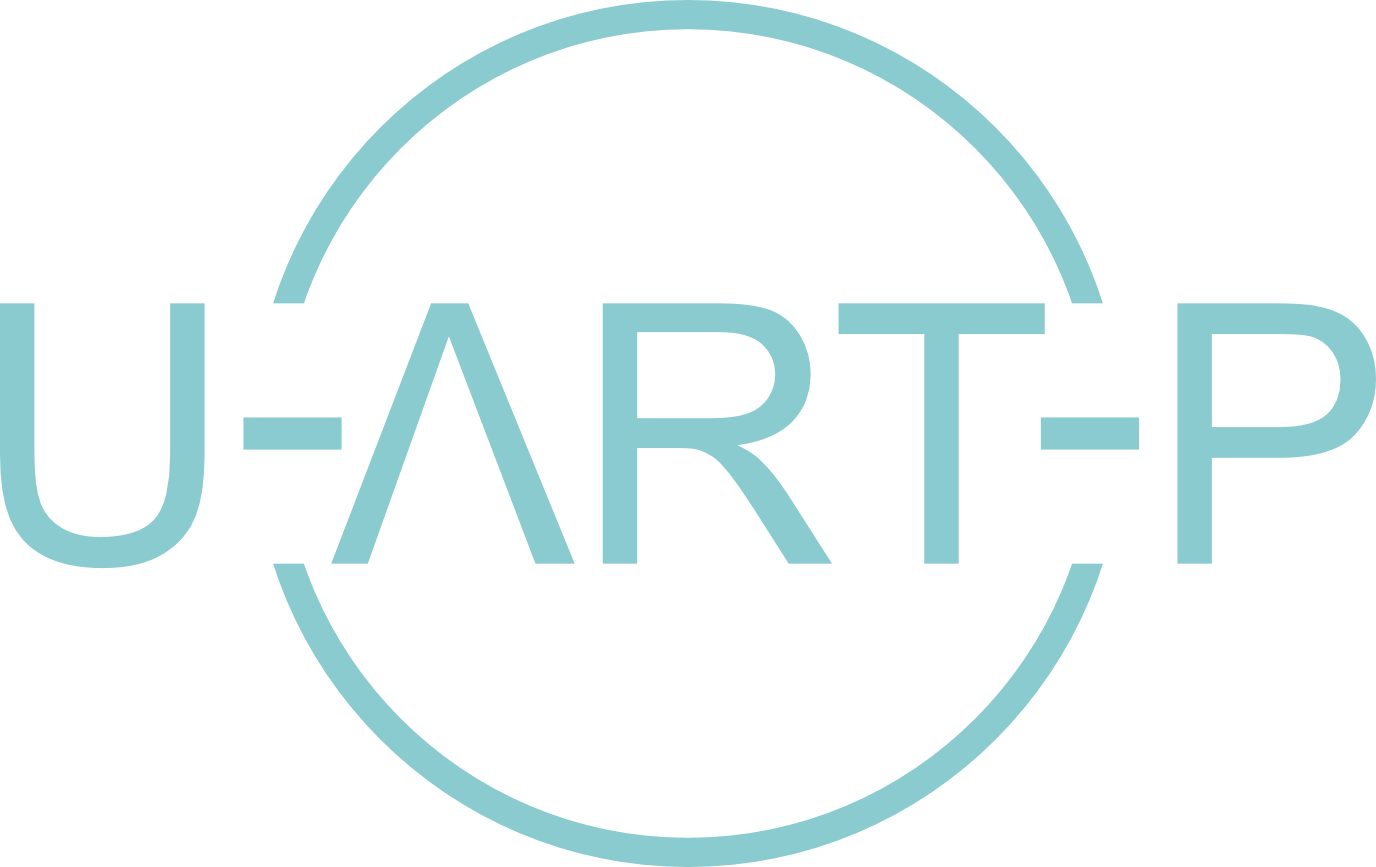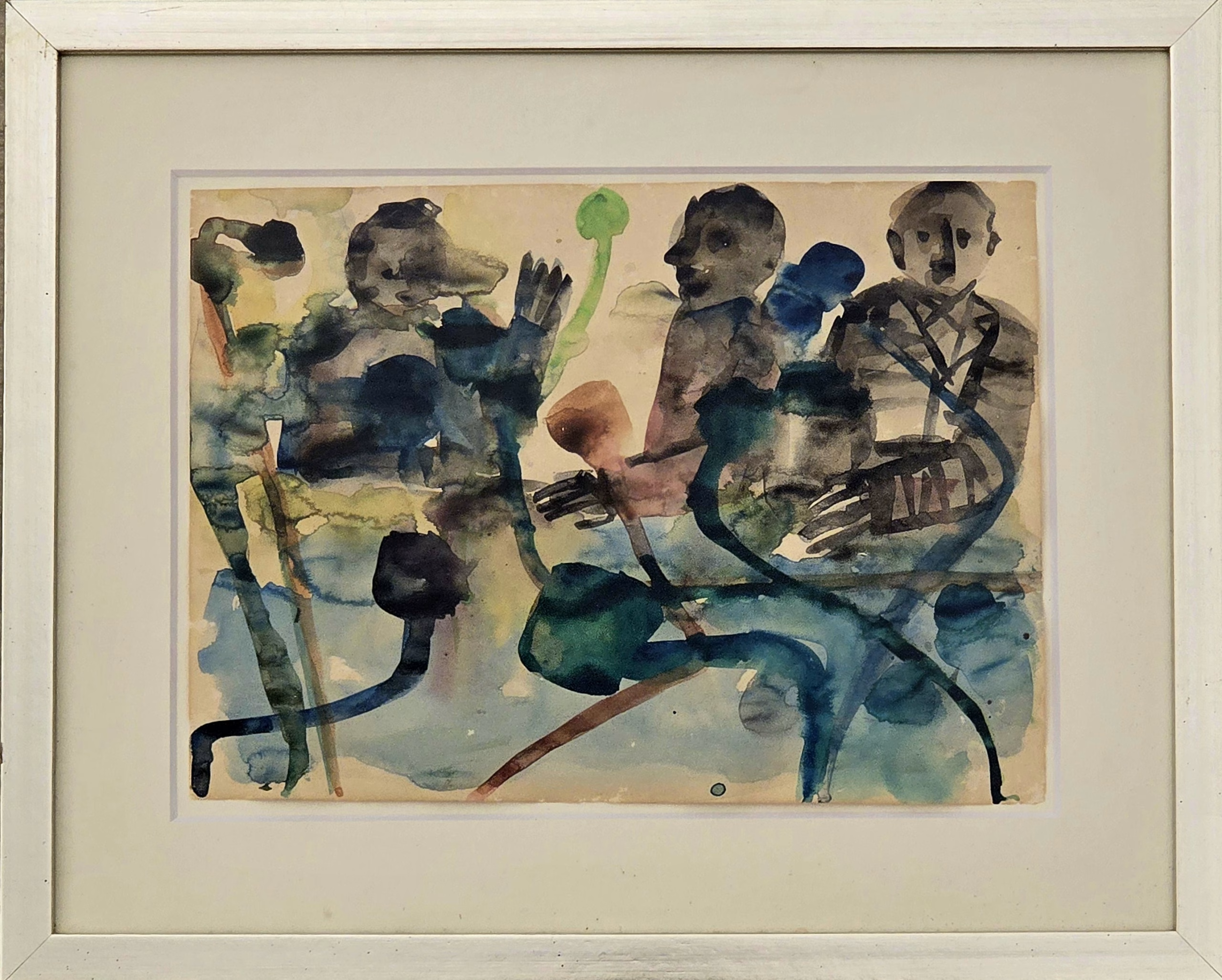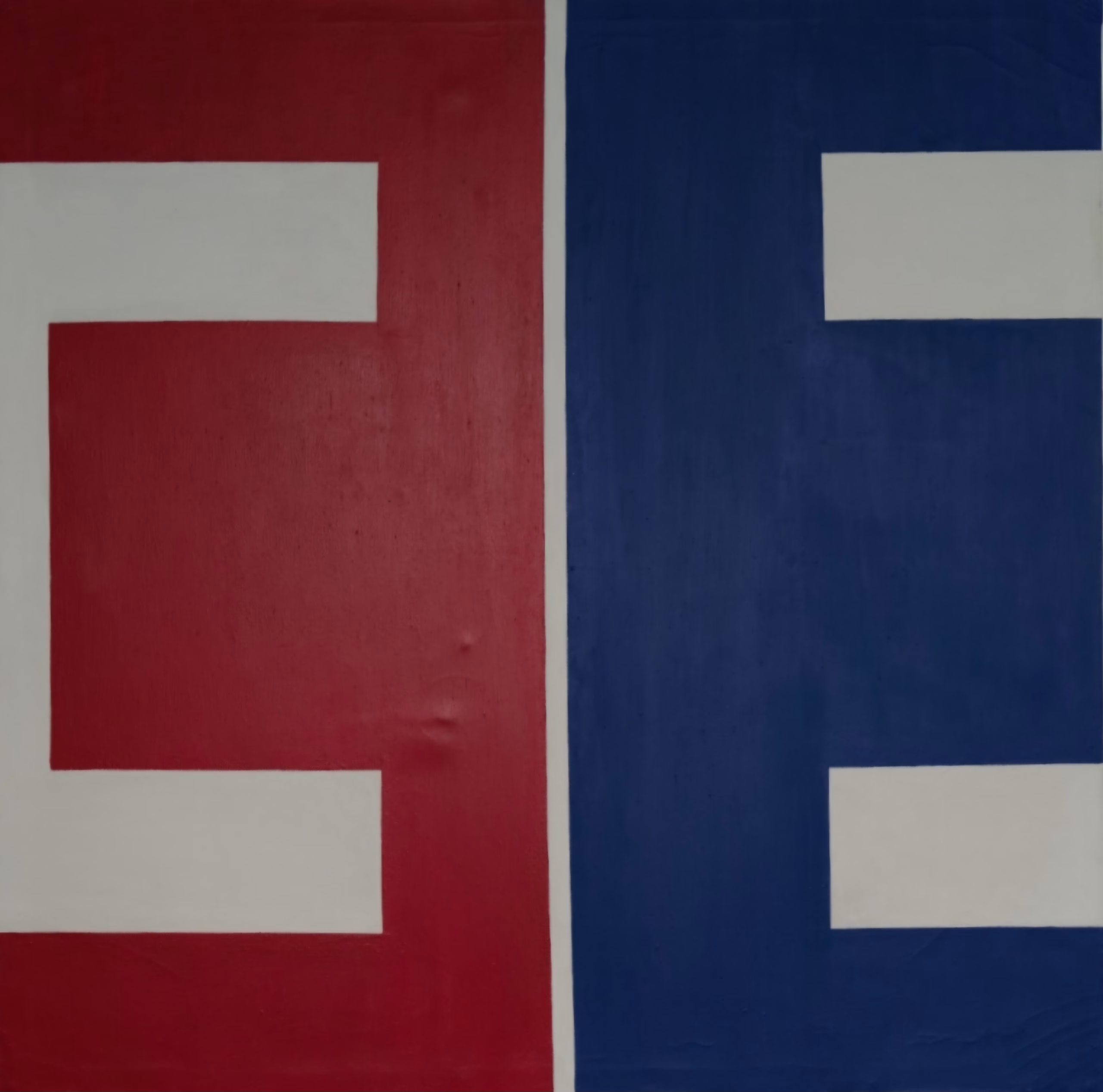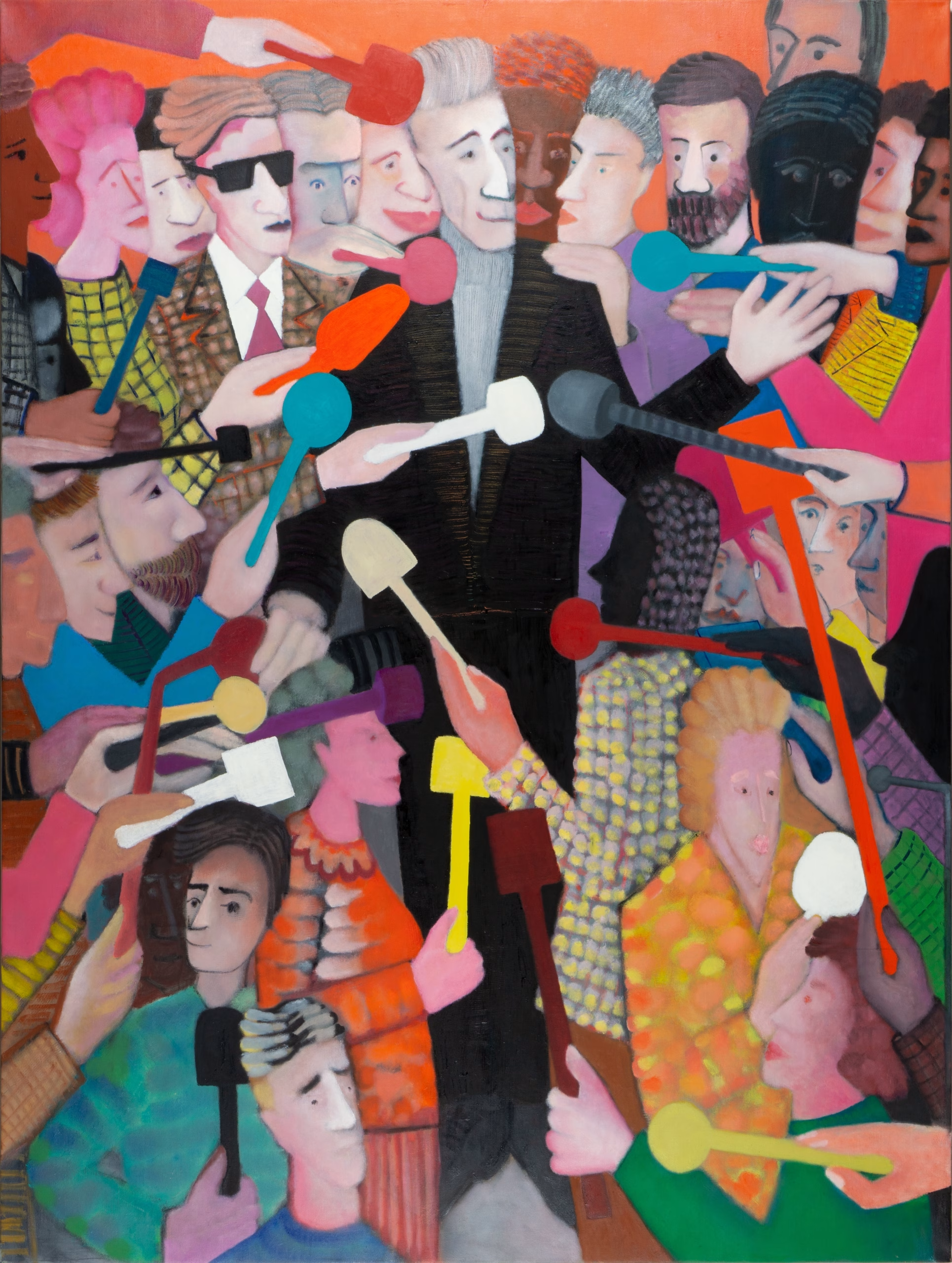Home » Artists » Marco Cingolani
Marco Cingolani
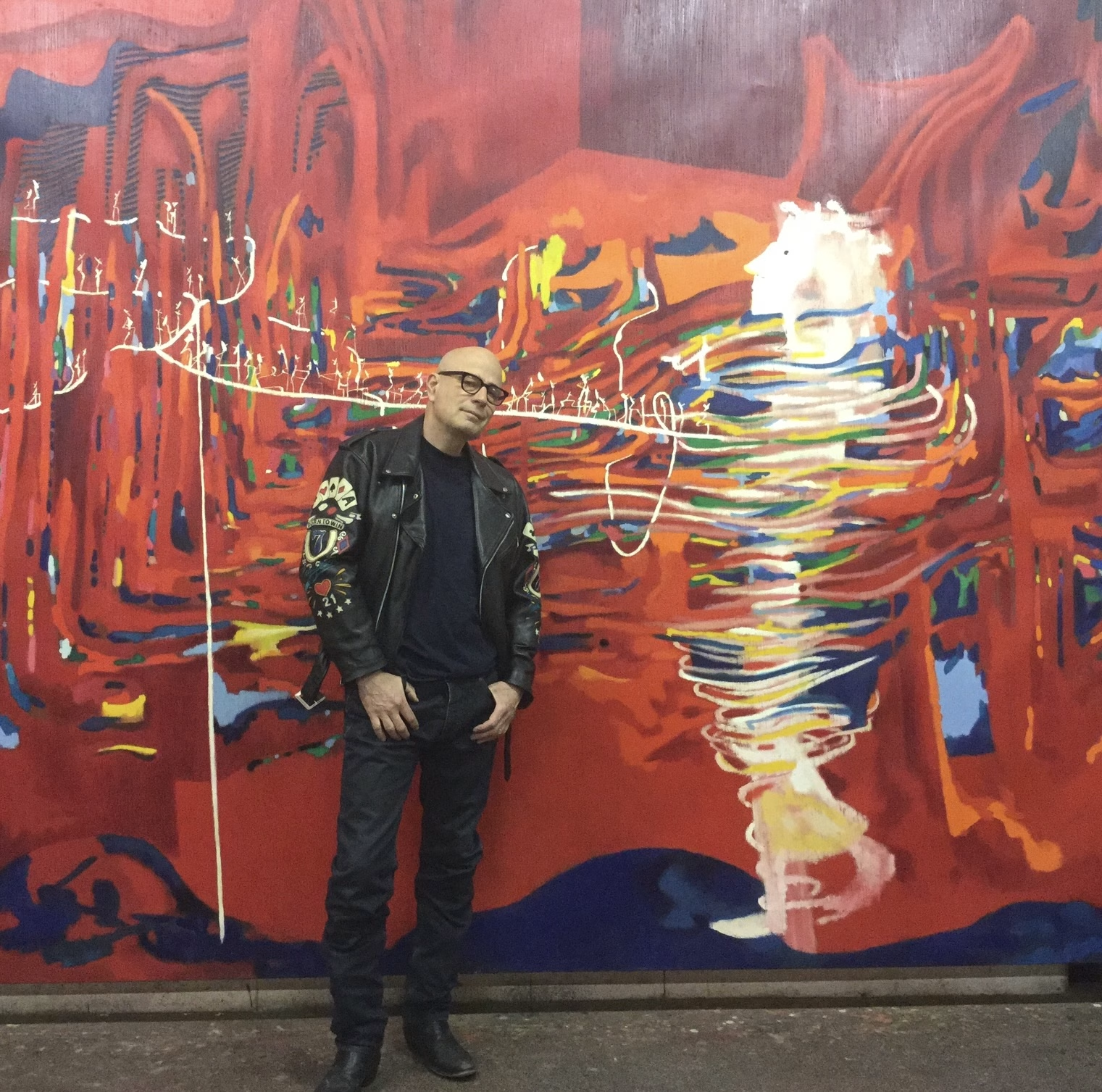
Como, IT – 1961
Lives and works in Milan, IT.
Marco Cingolani was born in Como in 1961 and moved to Milan at a very young age in 1978. There, he entered the city’s underground creative circles, where art mingled with fashion and punk music. In those years, a new artistic sensibility emerged in Milan—no longer rooted in art history and quotationism, but geared toward a critical manipulation of reality and its communication through the mass media. Images were removed from their contexts and shared feelings, radically overturned, and almost ridiculed. From the outset, Cingolani’s work has aimed to dismantle the prescriptive power of media images, subjecting them to radical treatment in the conviction that art provides a decisive vantage point for interpreting the world.
Within this framework, he created paintings such as Interviste (Interviews), where famously reserved figures are besieged by microphones; the celebrated series Attentato al Papa (The Attack on the Pope); and works on the tragic case of Aldo Moro. After taking part in several group exhibitions—including Una scena emergente (1991, Centro Pecci, Prato) and Due o tre cose che so di loro (1998, PAC, Milan)—prestigious institutions staged major anthological shows of his work, among them Palazzo Strozzi in Florence and the Promotrice delle Belle Arti in Turin. In November 2006, he participated in the group show Senza famiglia at the Promotrice in Turin. In 2007 Galleria Emilio Mazzoli presented Di che colore sono? (“What Color Are They?”), featuring his painterly reflections on the color of Power and its disguises.
Cingolani has long been fascinated by the shift from news to history and back again. UN blue helmets are recontextualized in highly symbolic settings, as are the red ballot box, the multicolored segments of Wall Street charts, military uniforms, and party flags. In 2009, he often engaged explicitly with religious themes, conceiving Journeys of Faith for Boxart Gallery in Verona —a return to origins focusing on two Marian apparitions that profoundly marked the last two centuries: Lourdes and Fátima. In the same year, he was among the artists invited to represent Italy at the Venice Biennale.
Recent years confirm that Cingolani continues to move among matter, memory, gaze, and media representation. Projects such as Atelier du peintre (Rome, 2024) and C’era una volta l’arte (Bergamo, 2025) reveal a reflection not only on the content of the work, but also on site, object, tools, and the viewer. His most recent exhibitions strengthen his position as an artist unafraid to expose himself—not only through the works but also through their “behind the scenes,” the instruments, and personal history—in order to question what it means to produce an image today.

